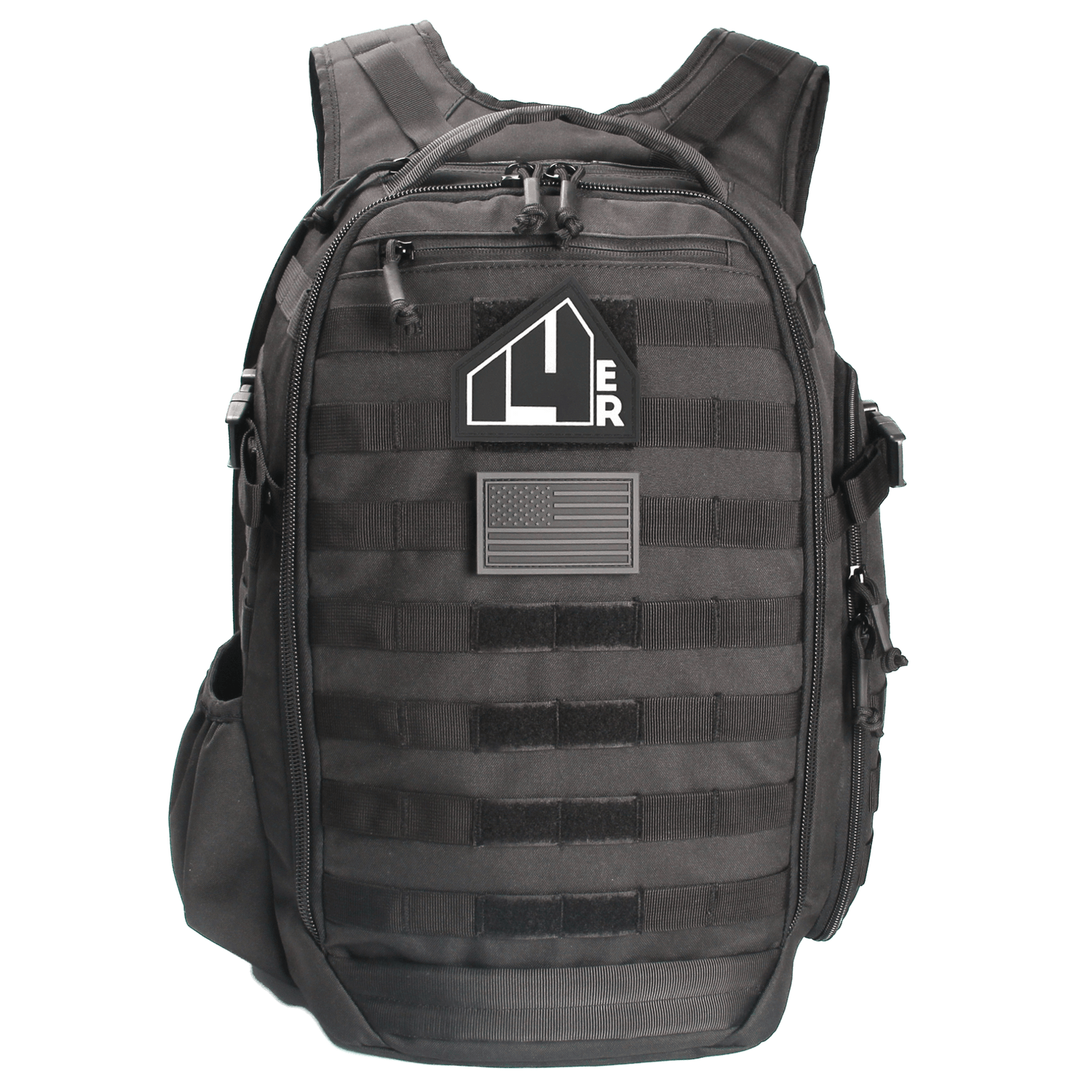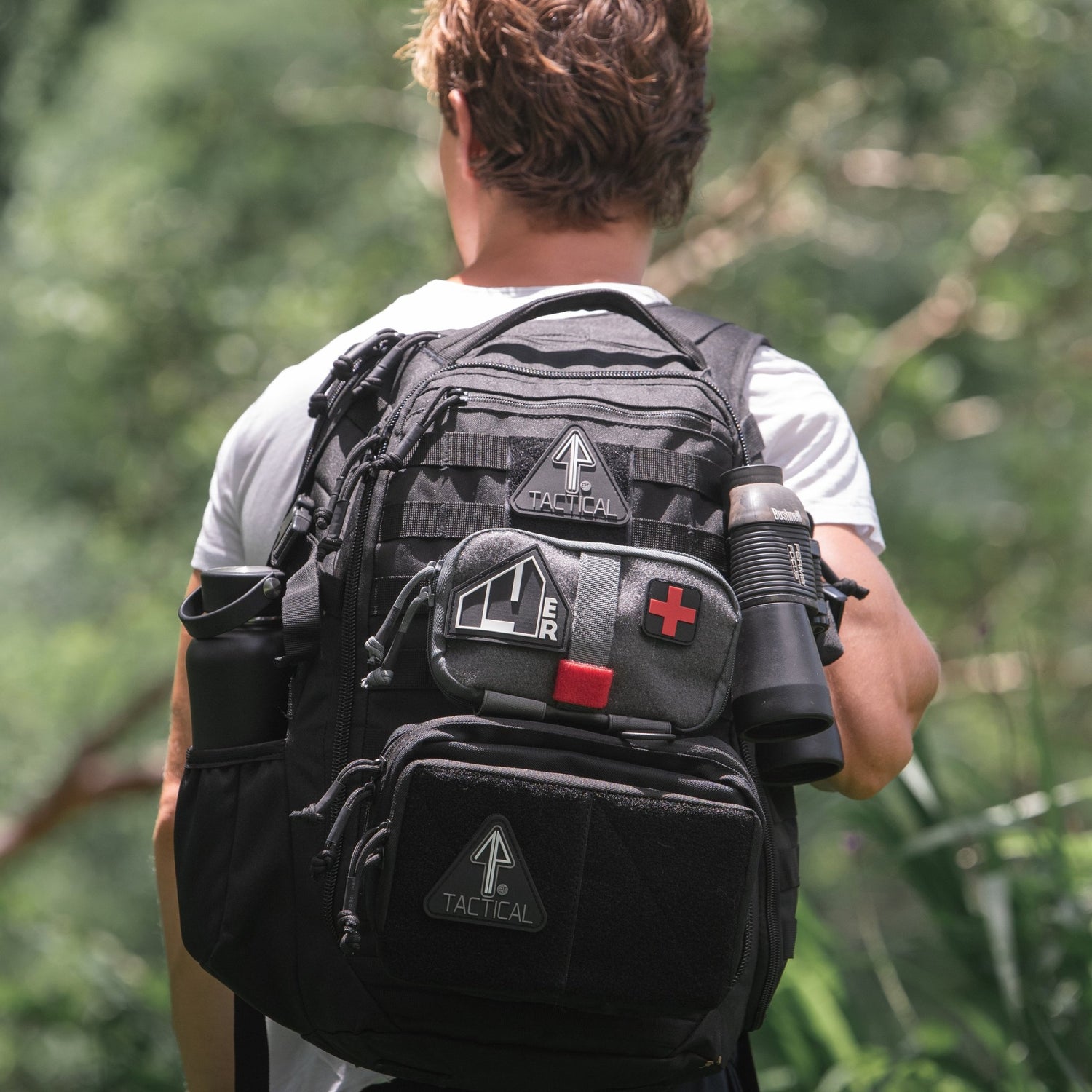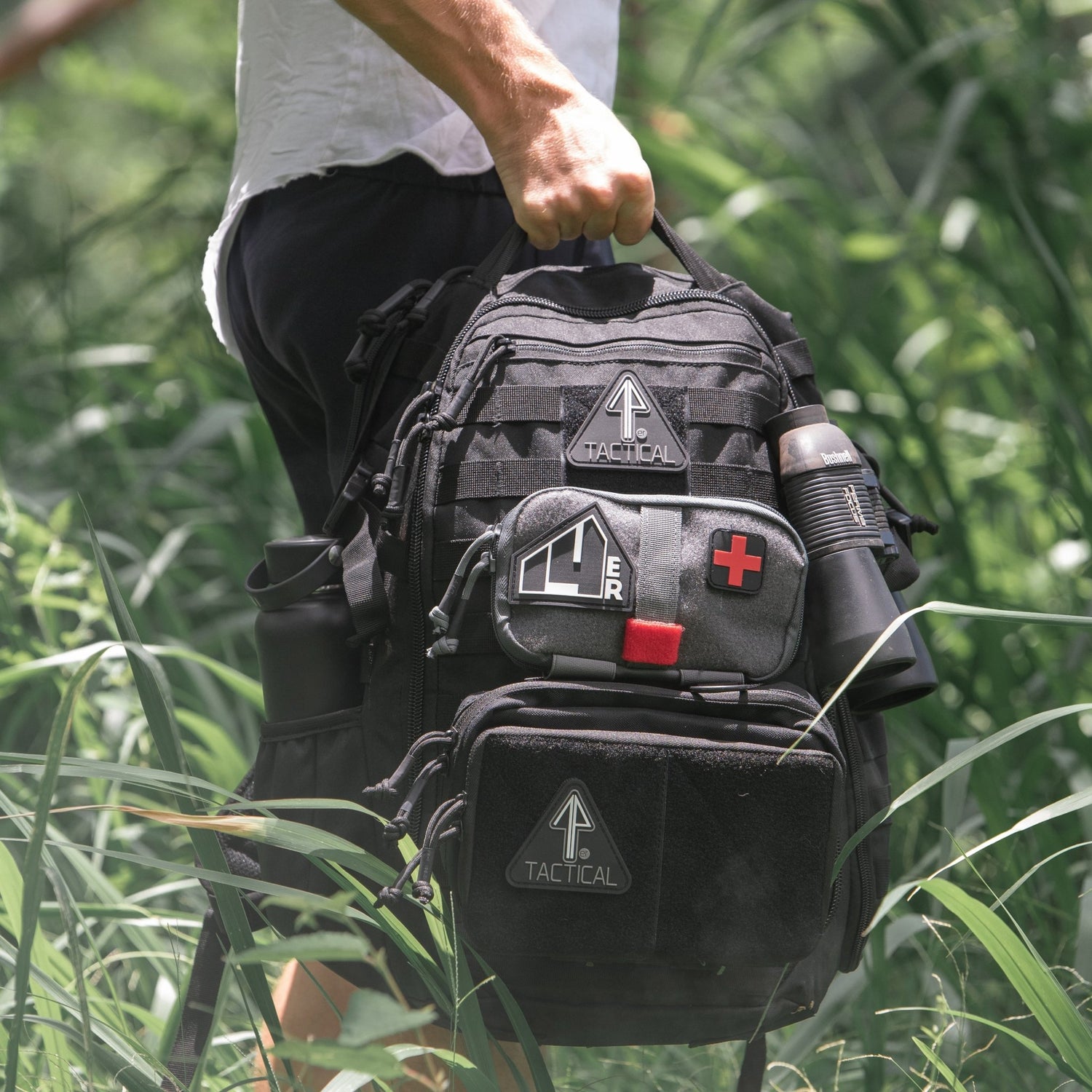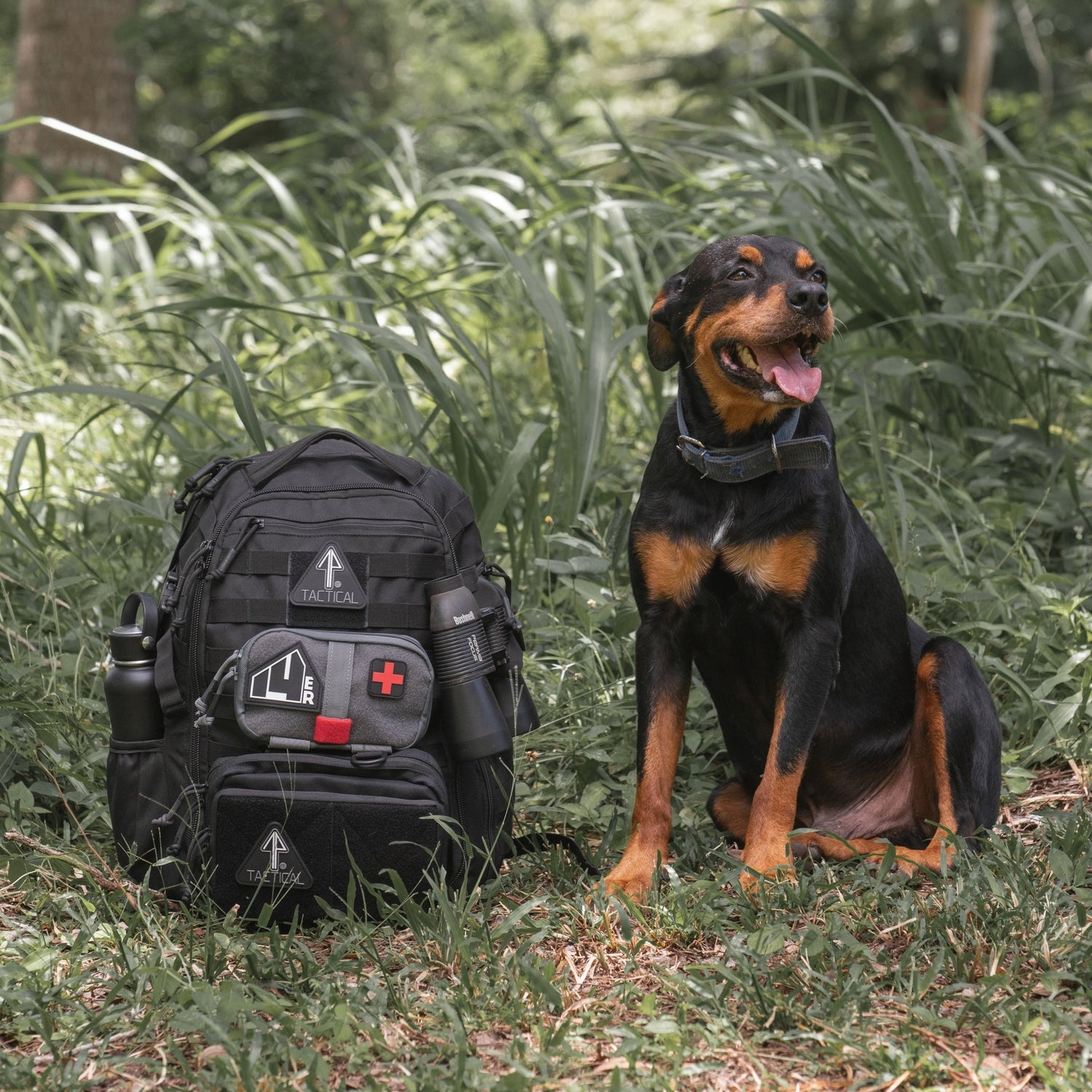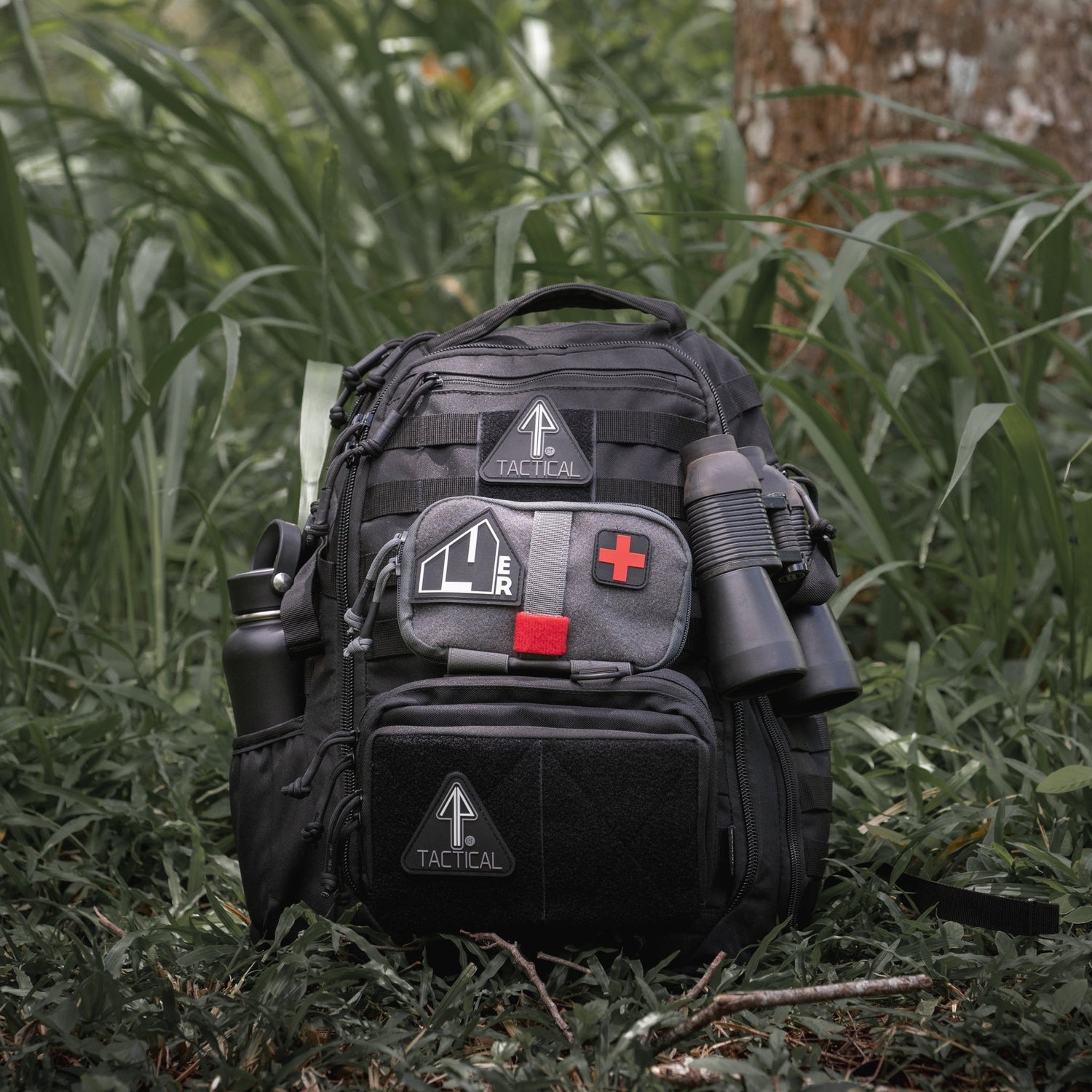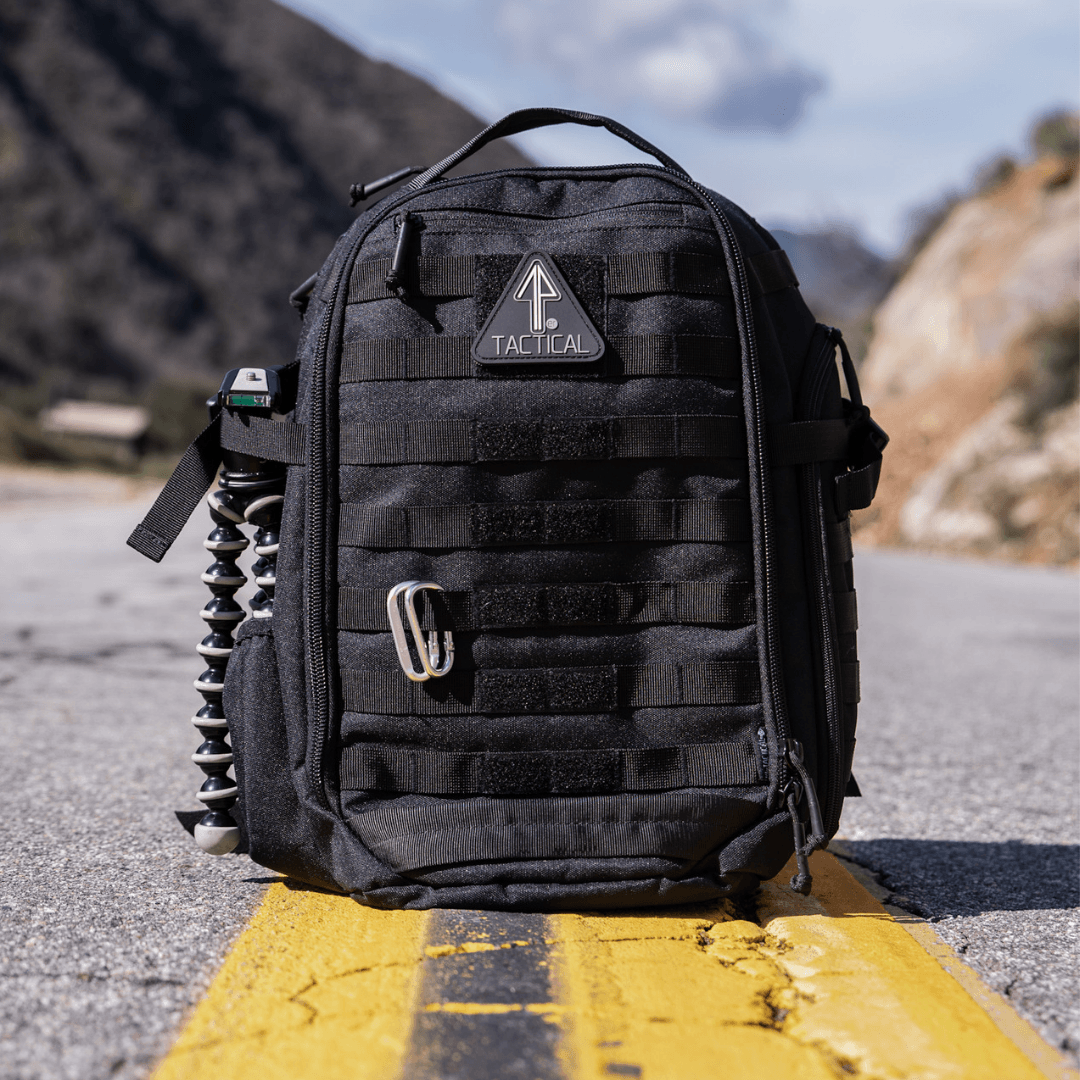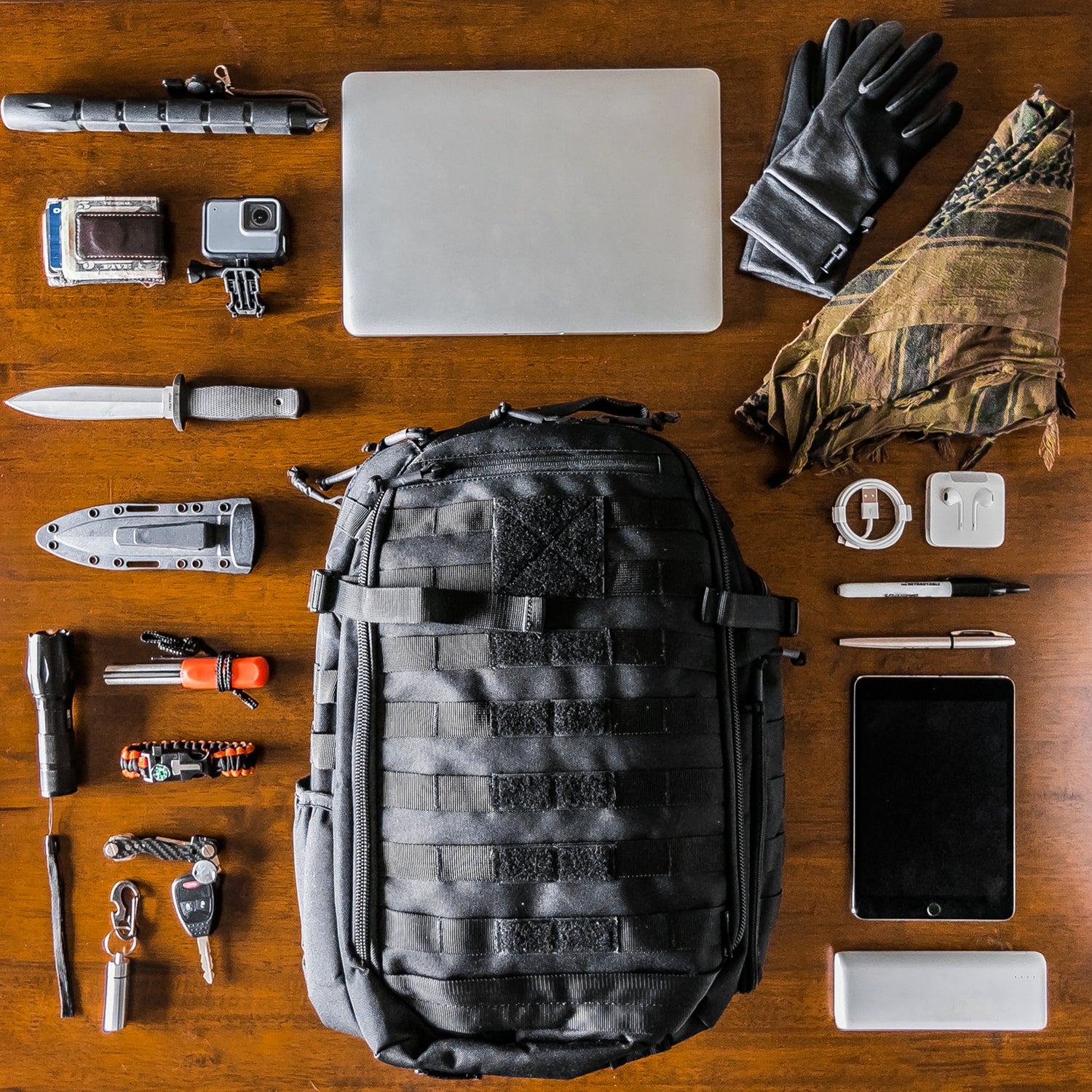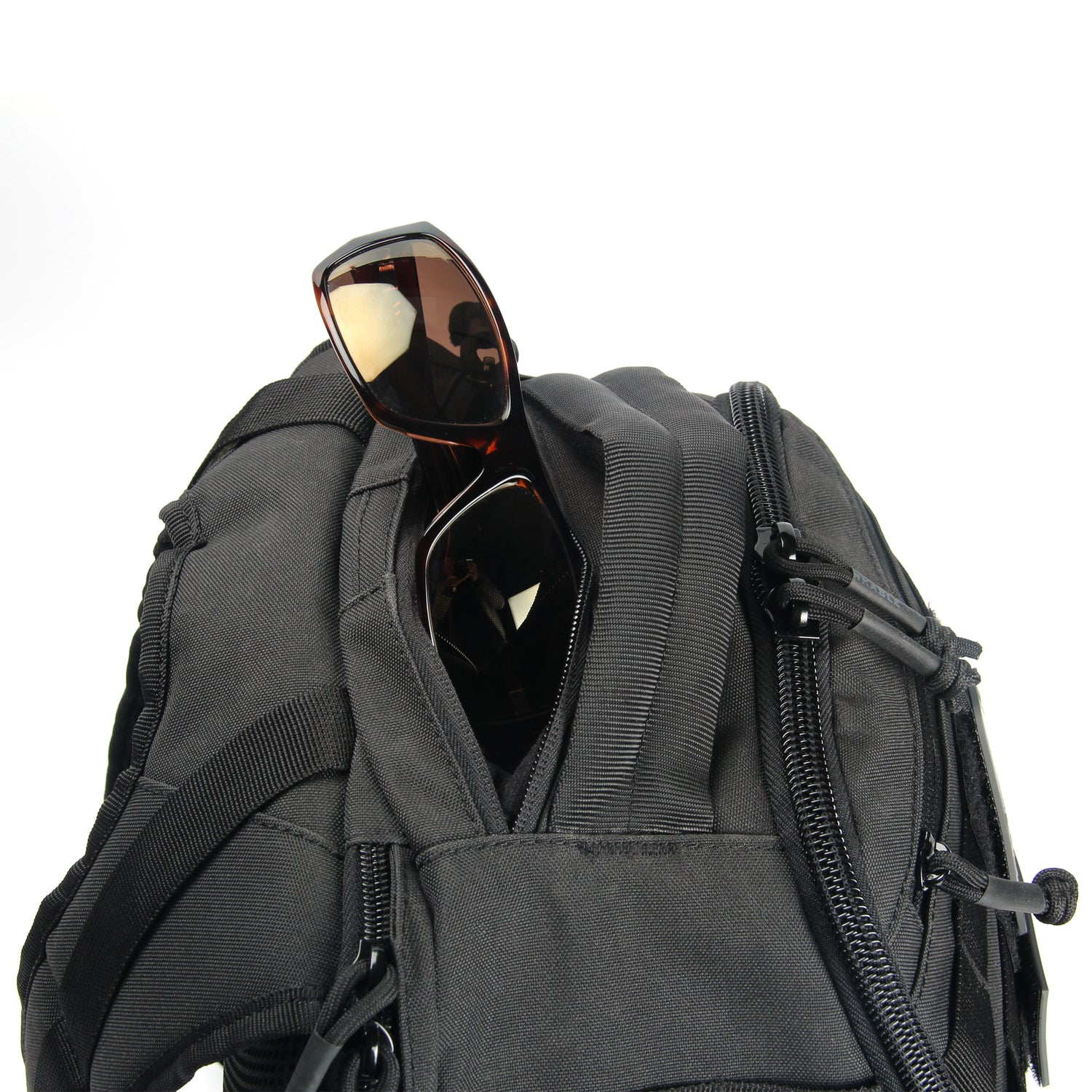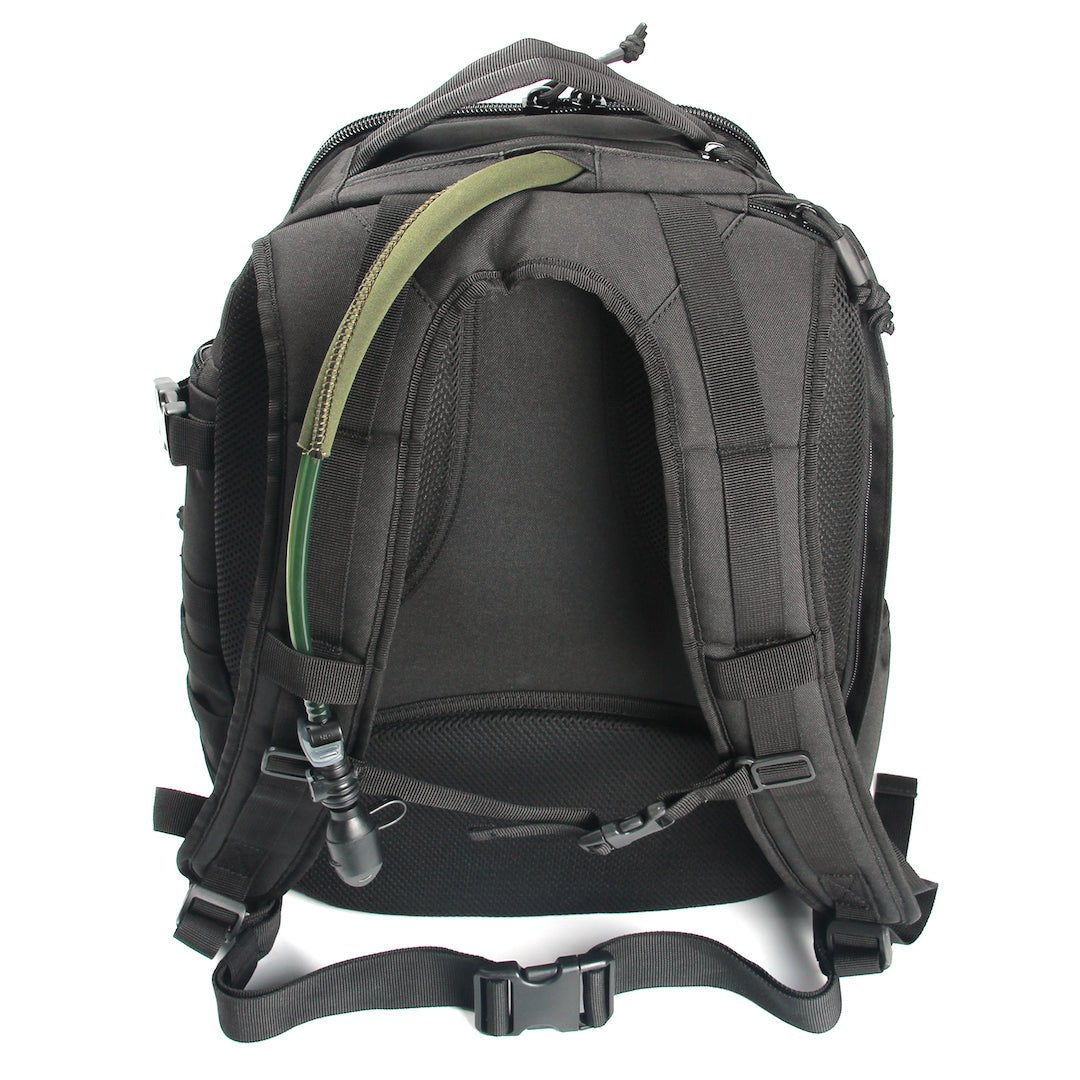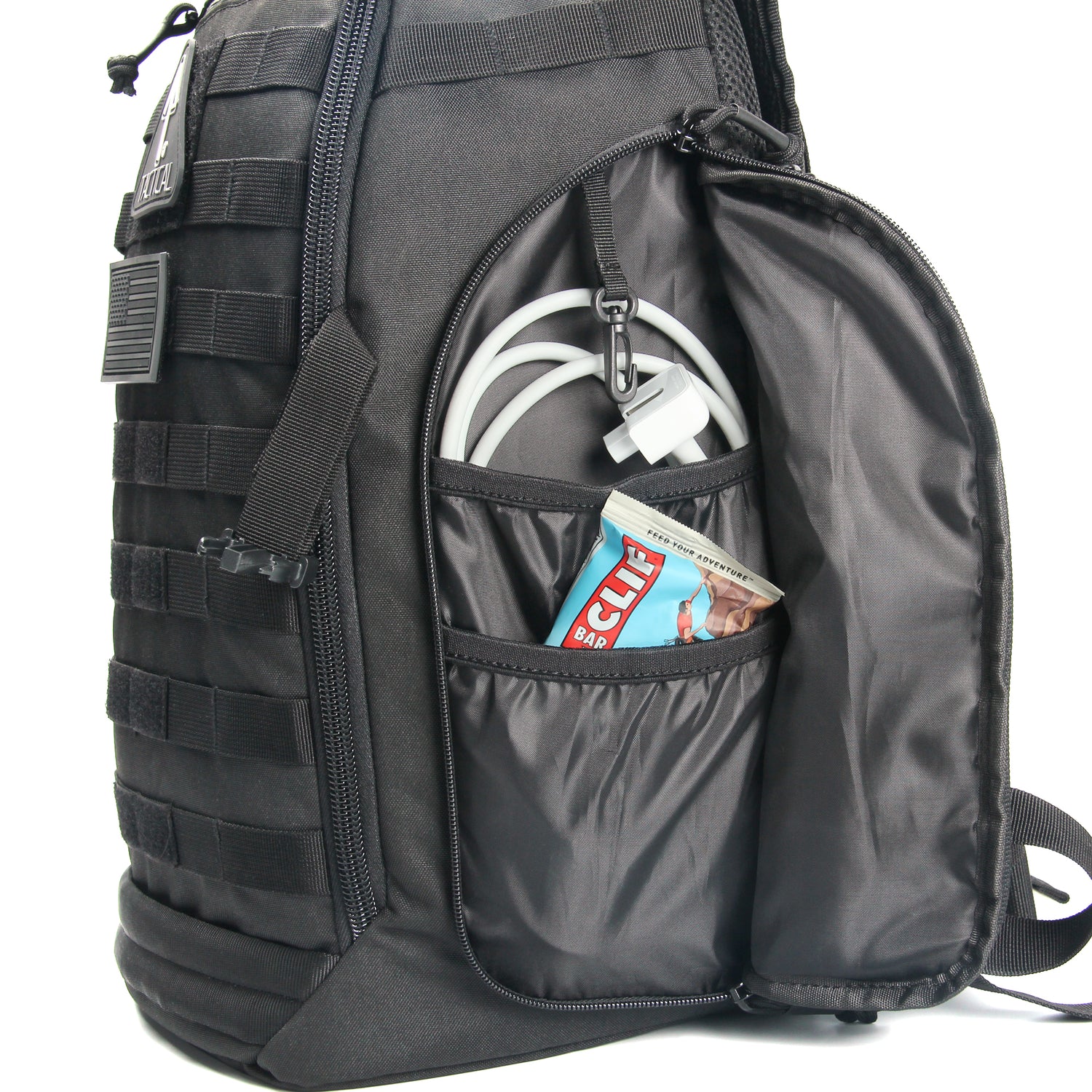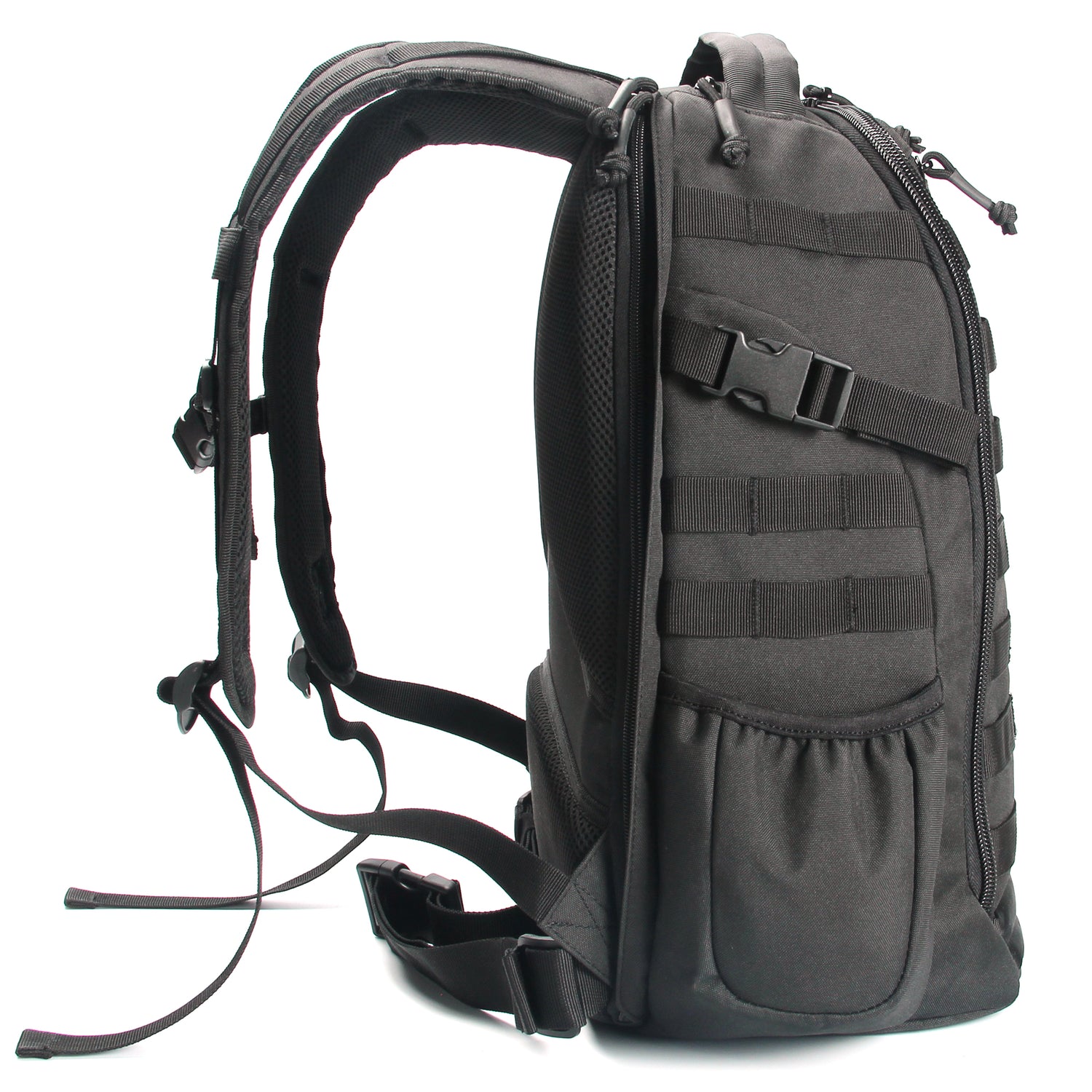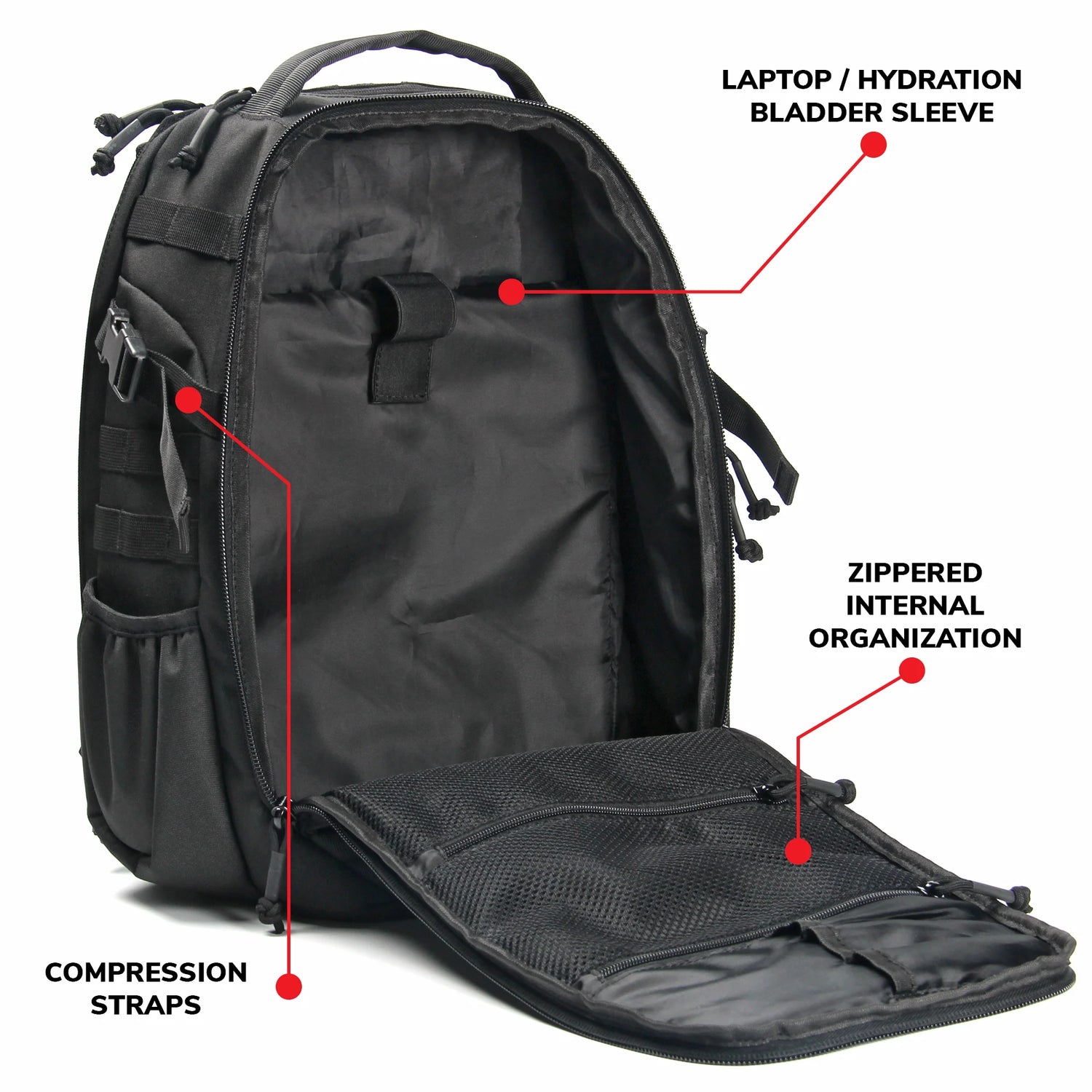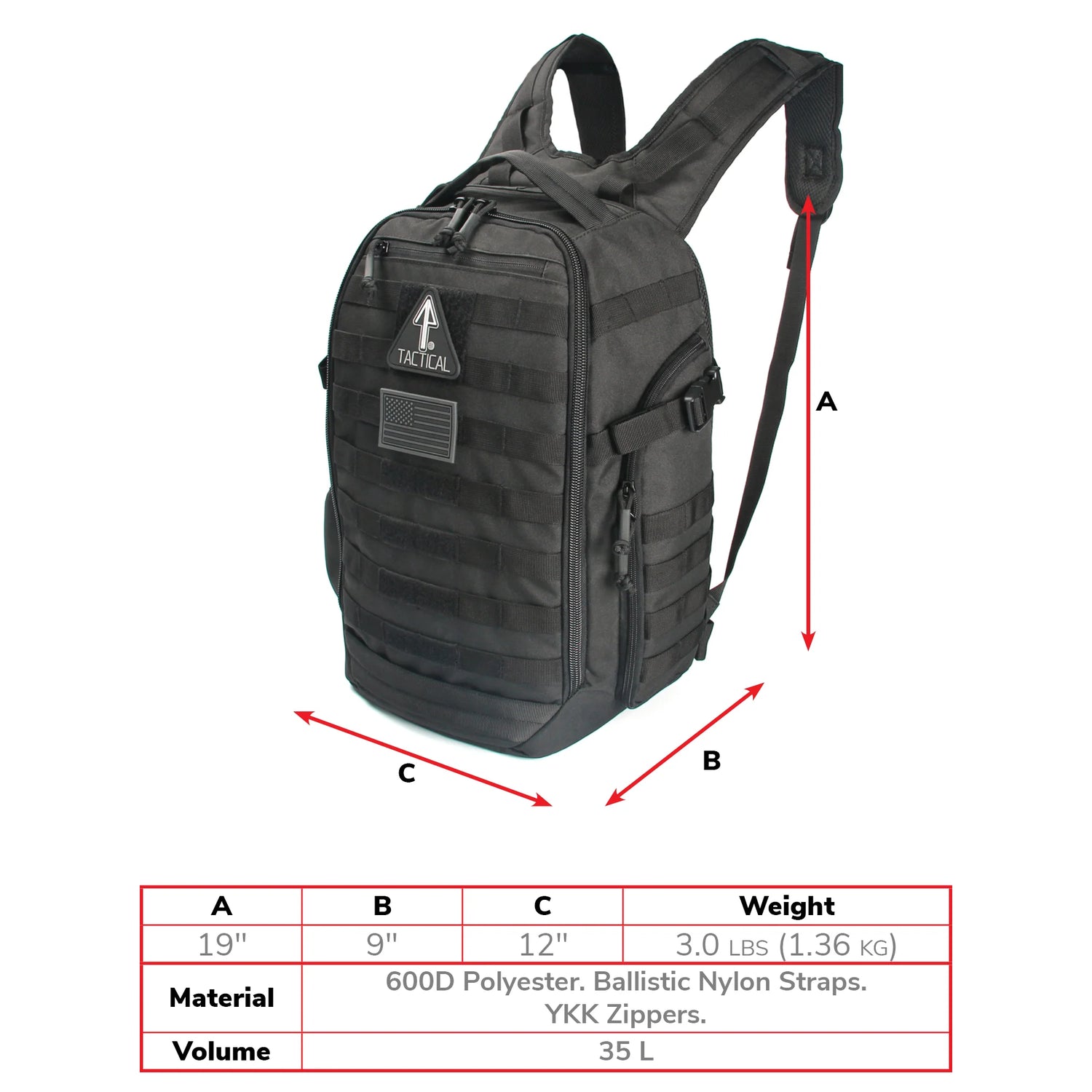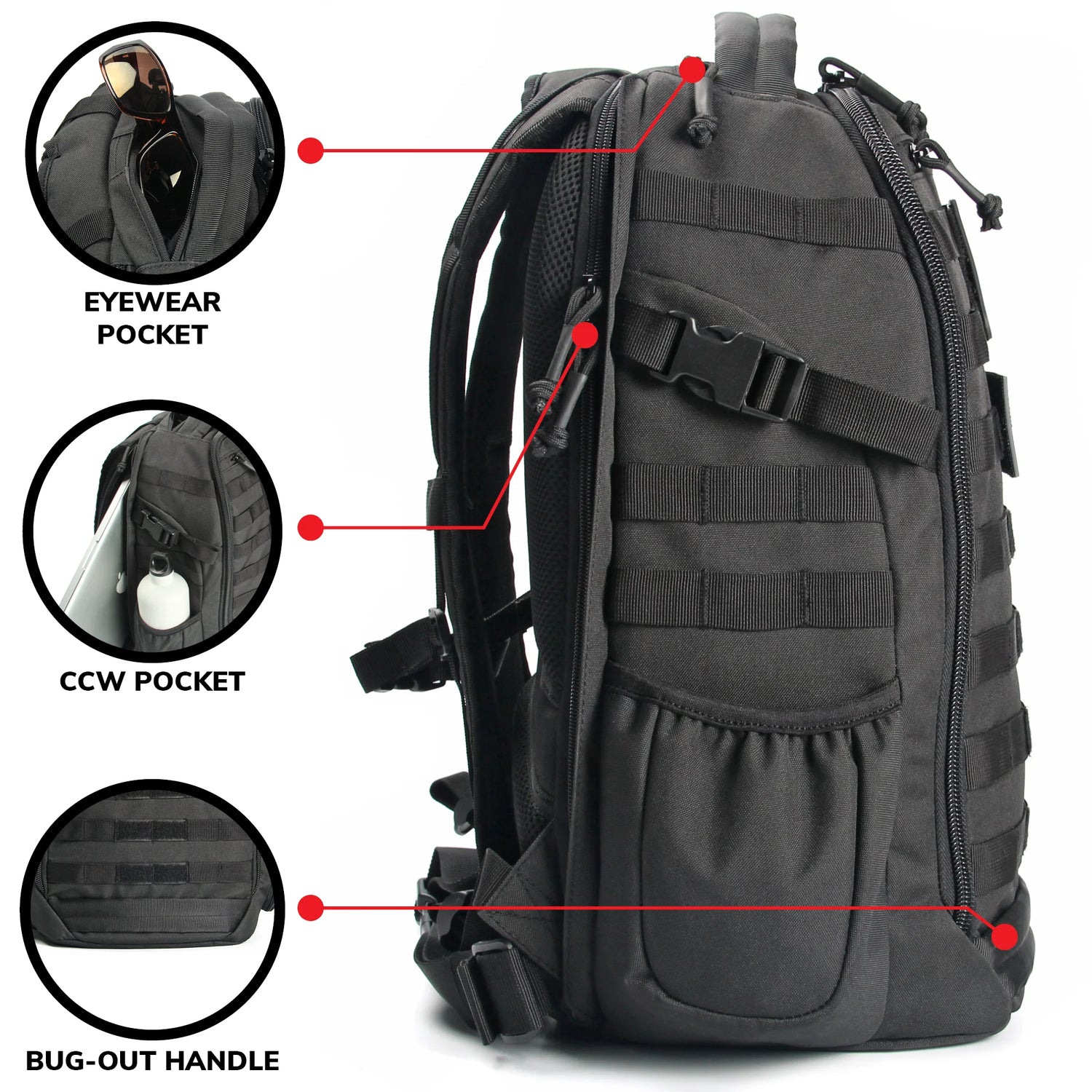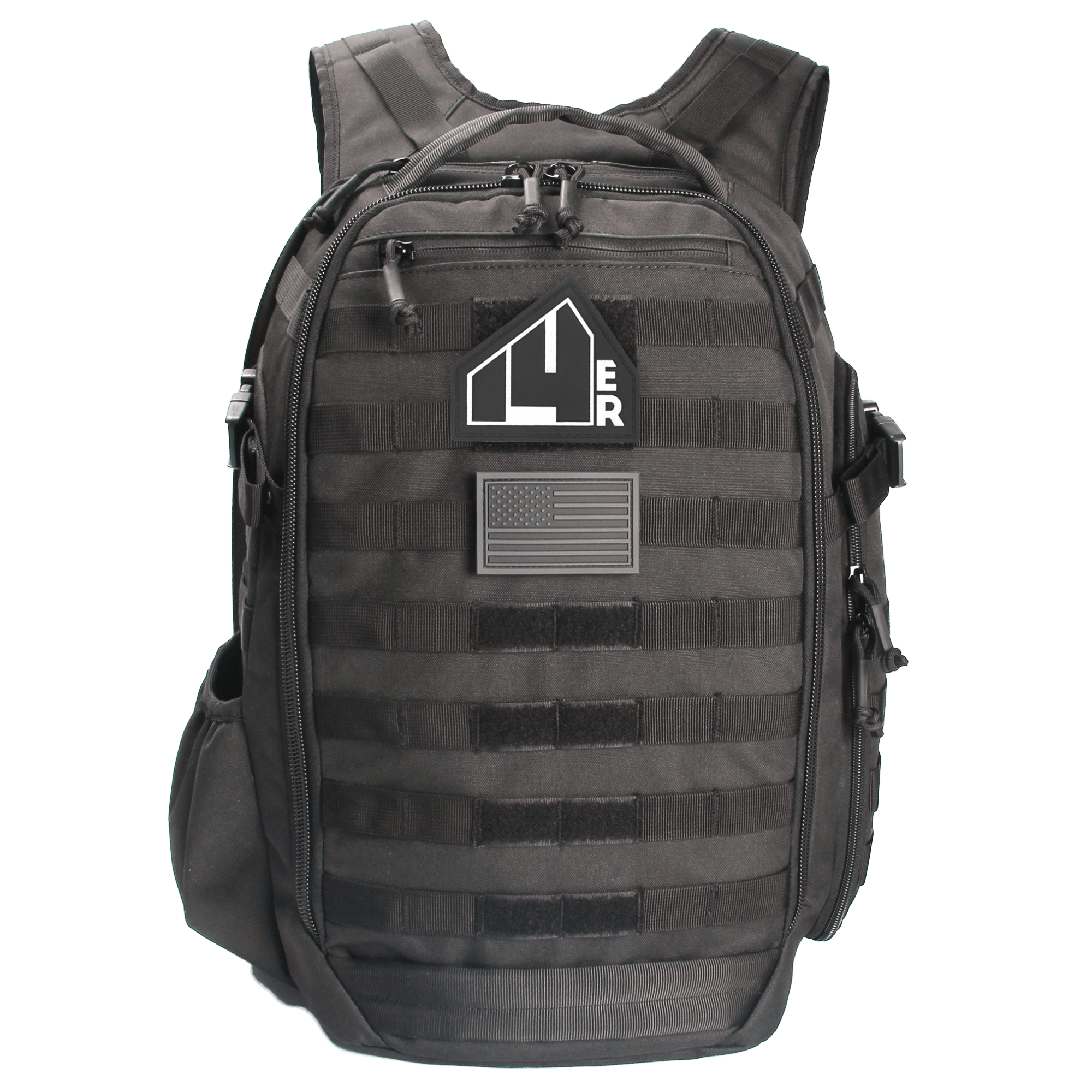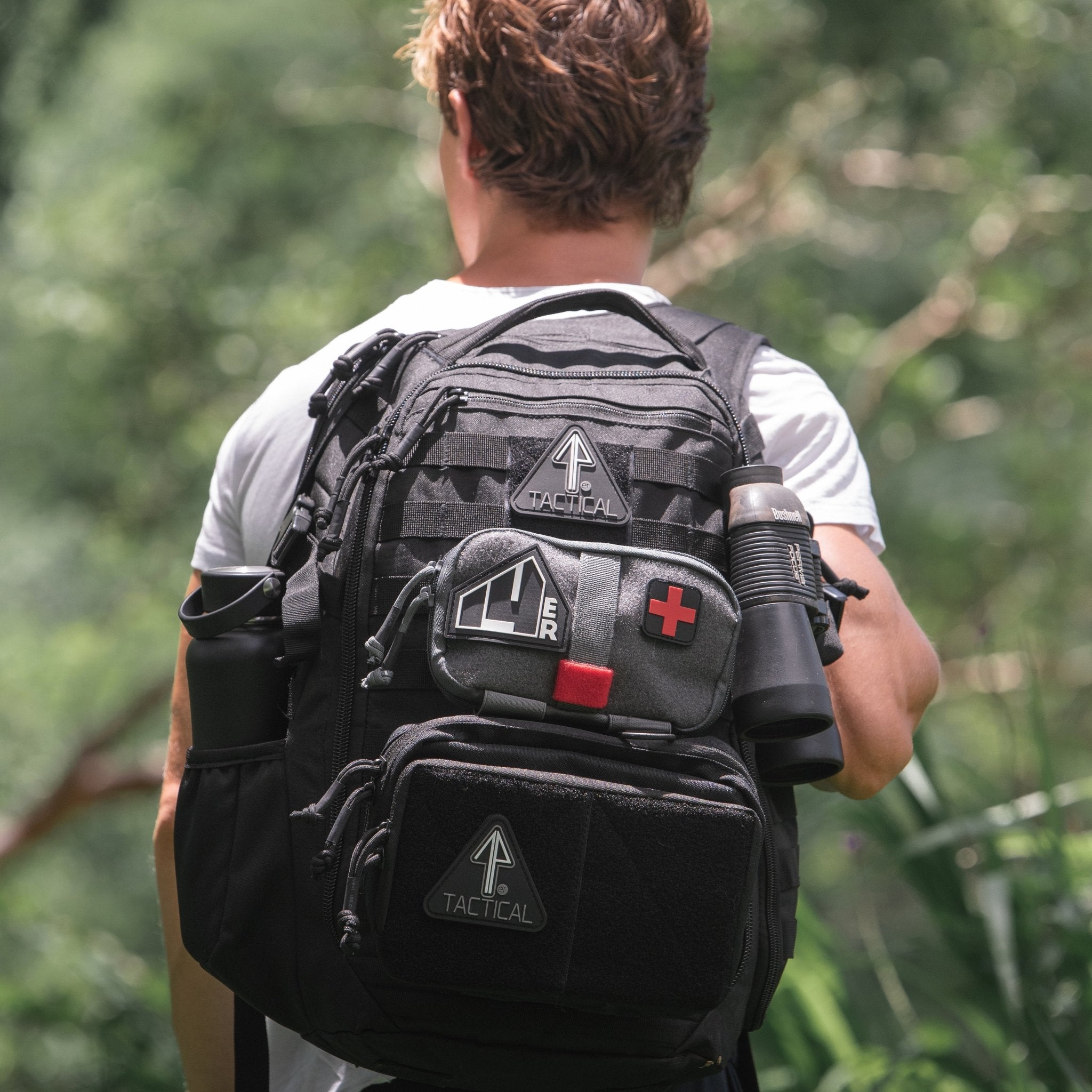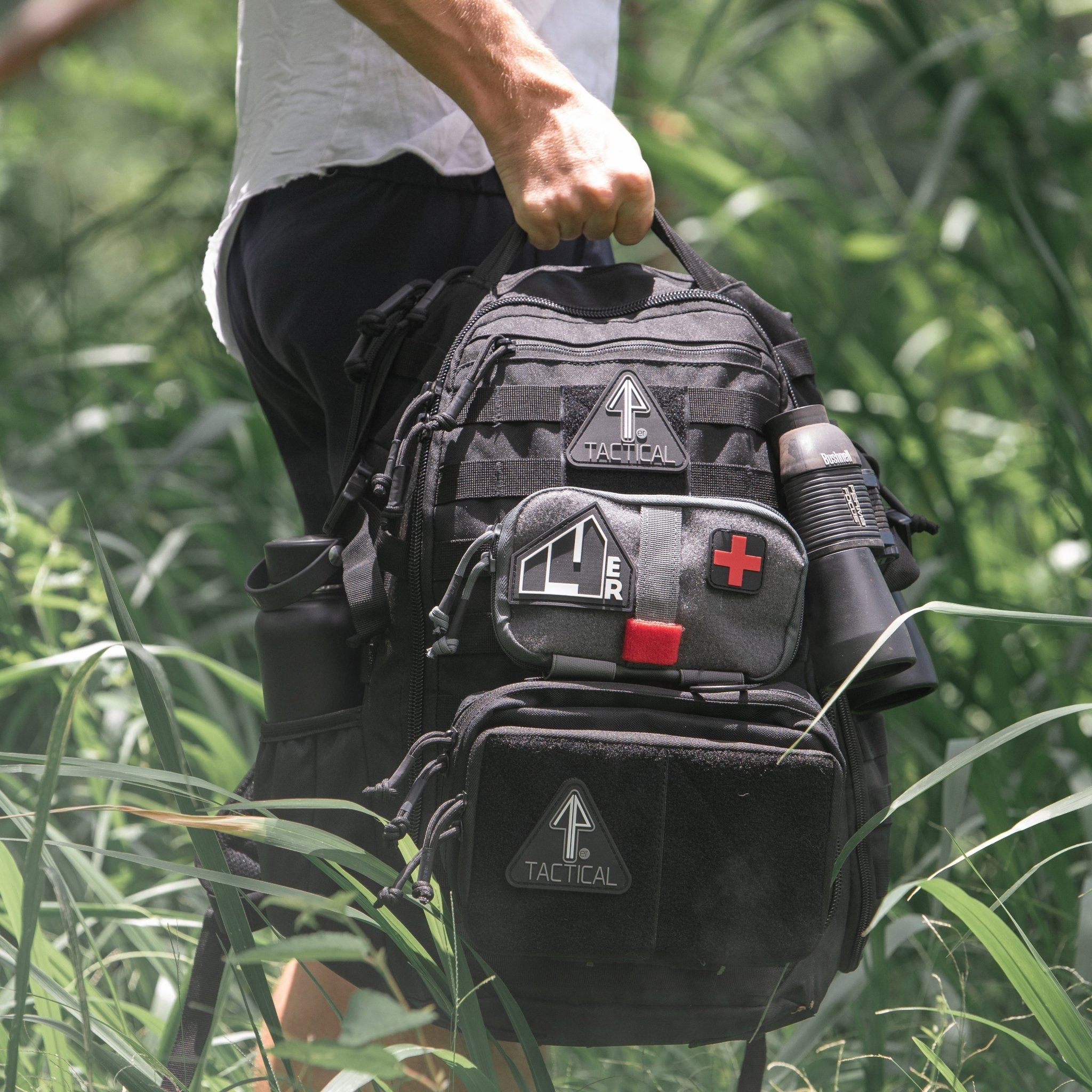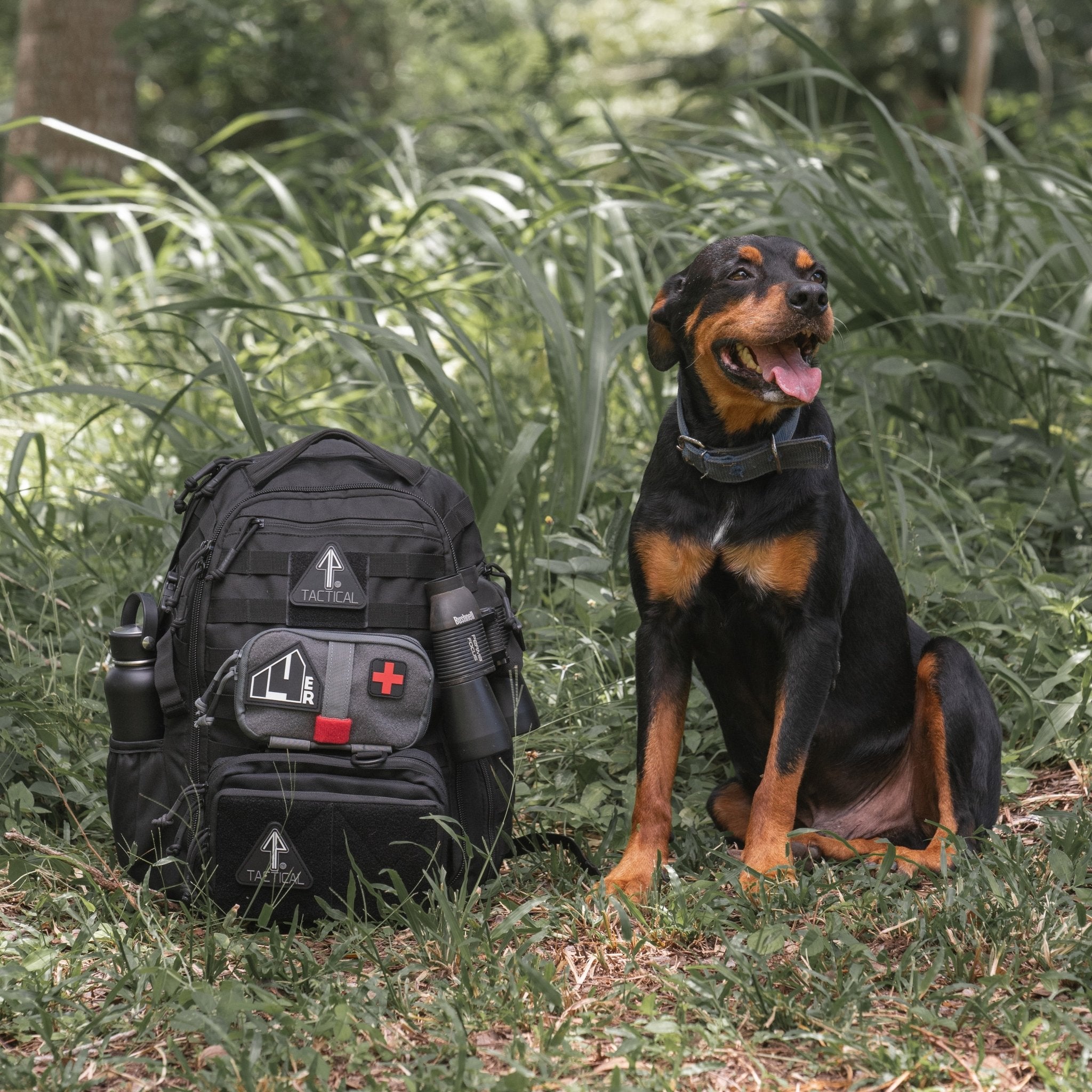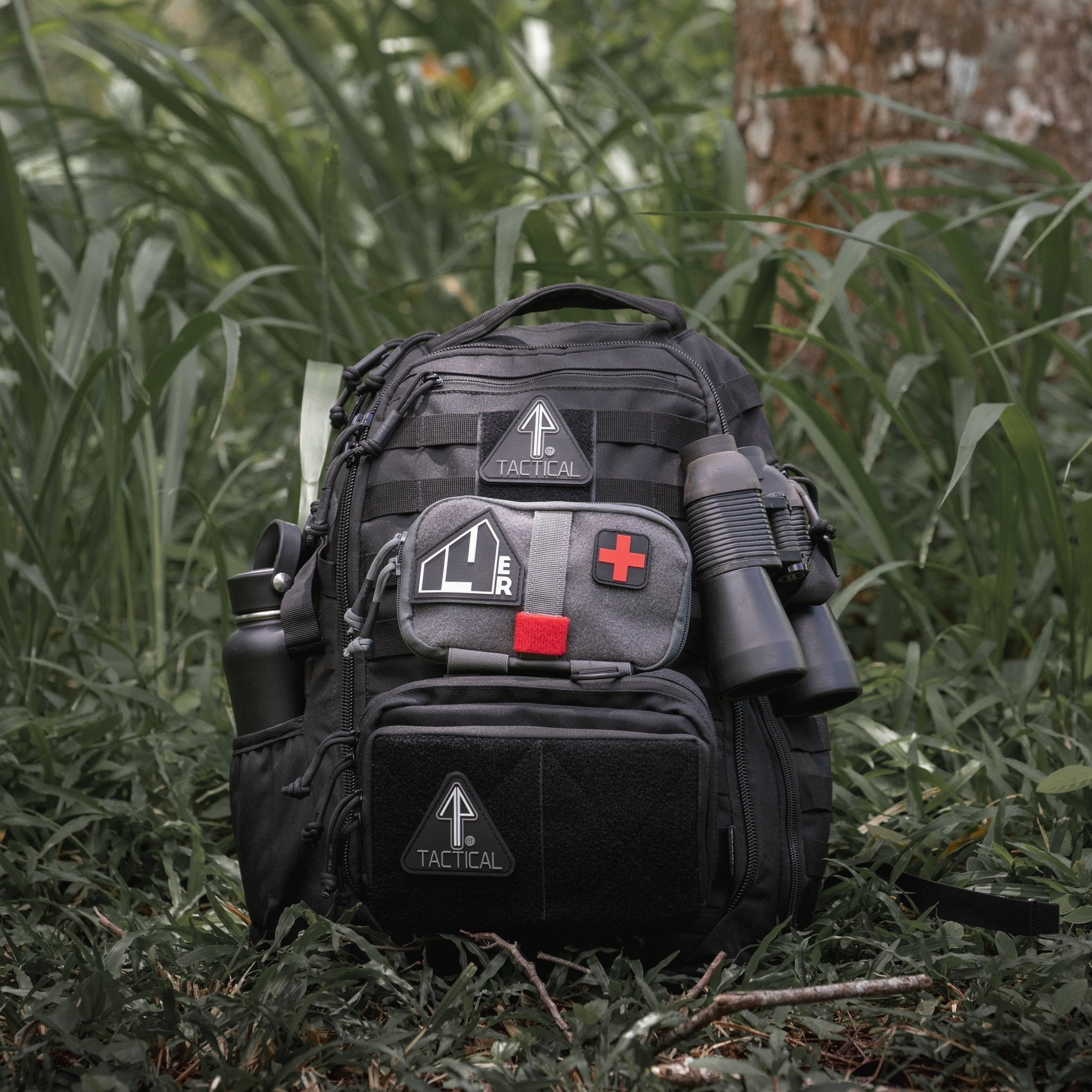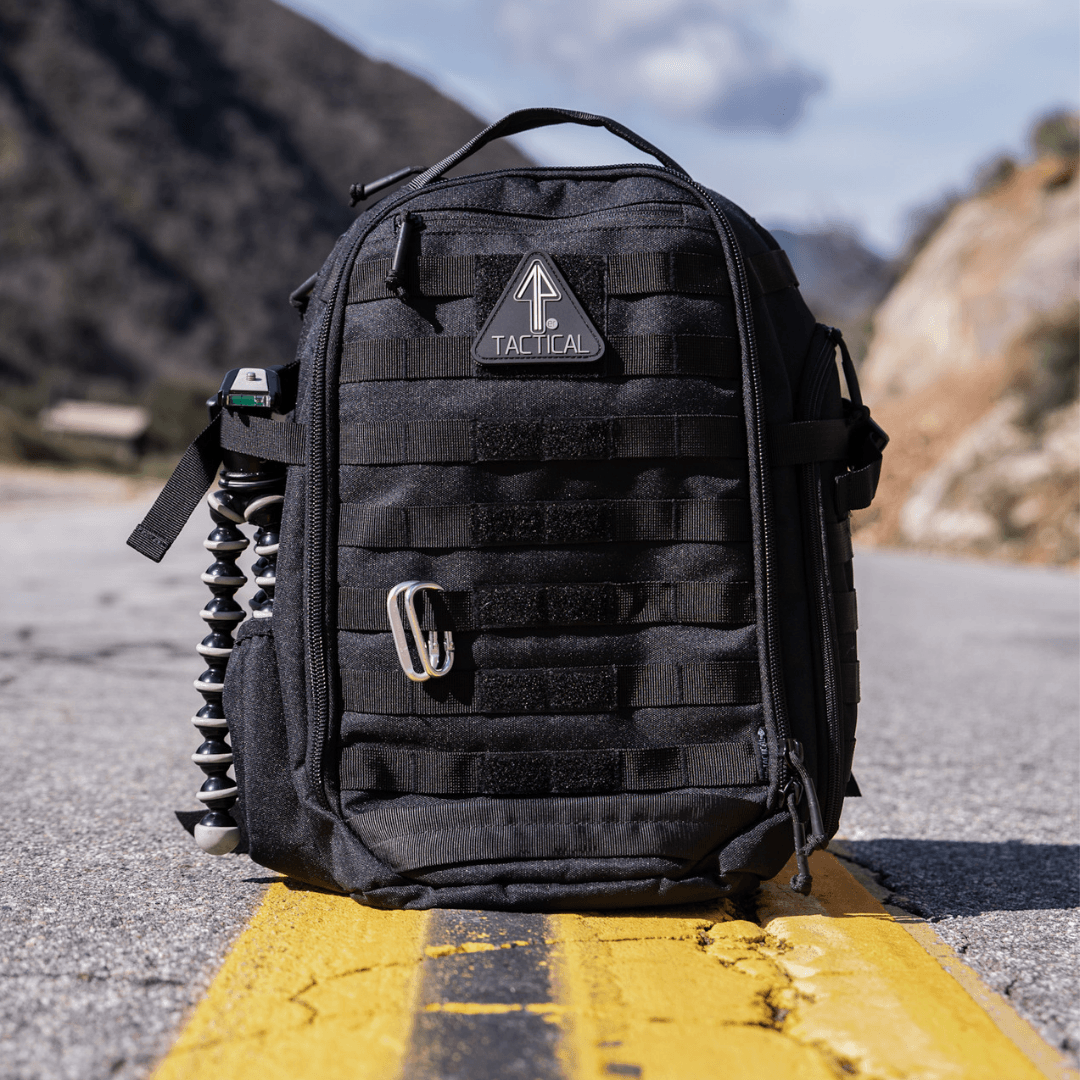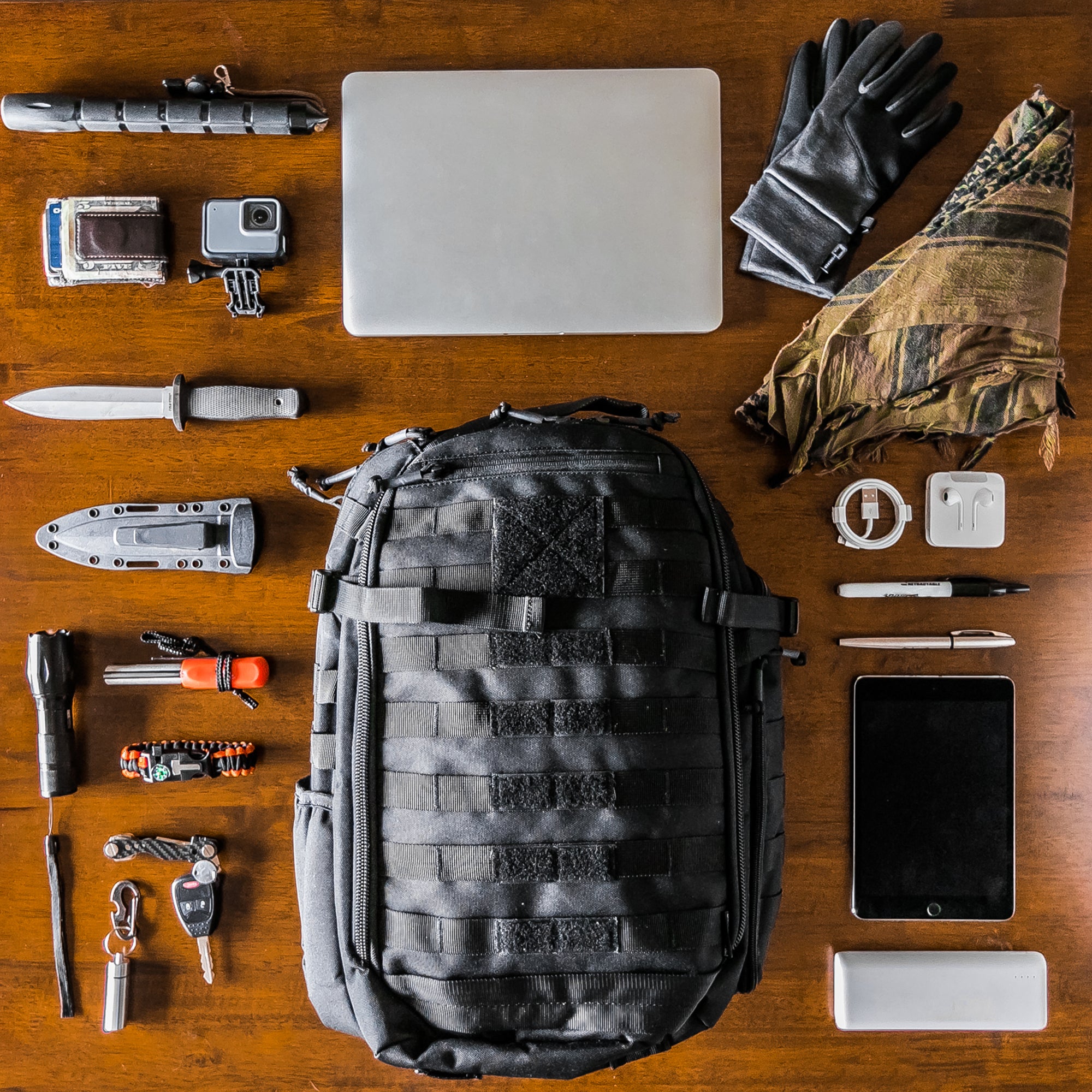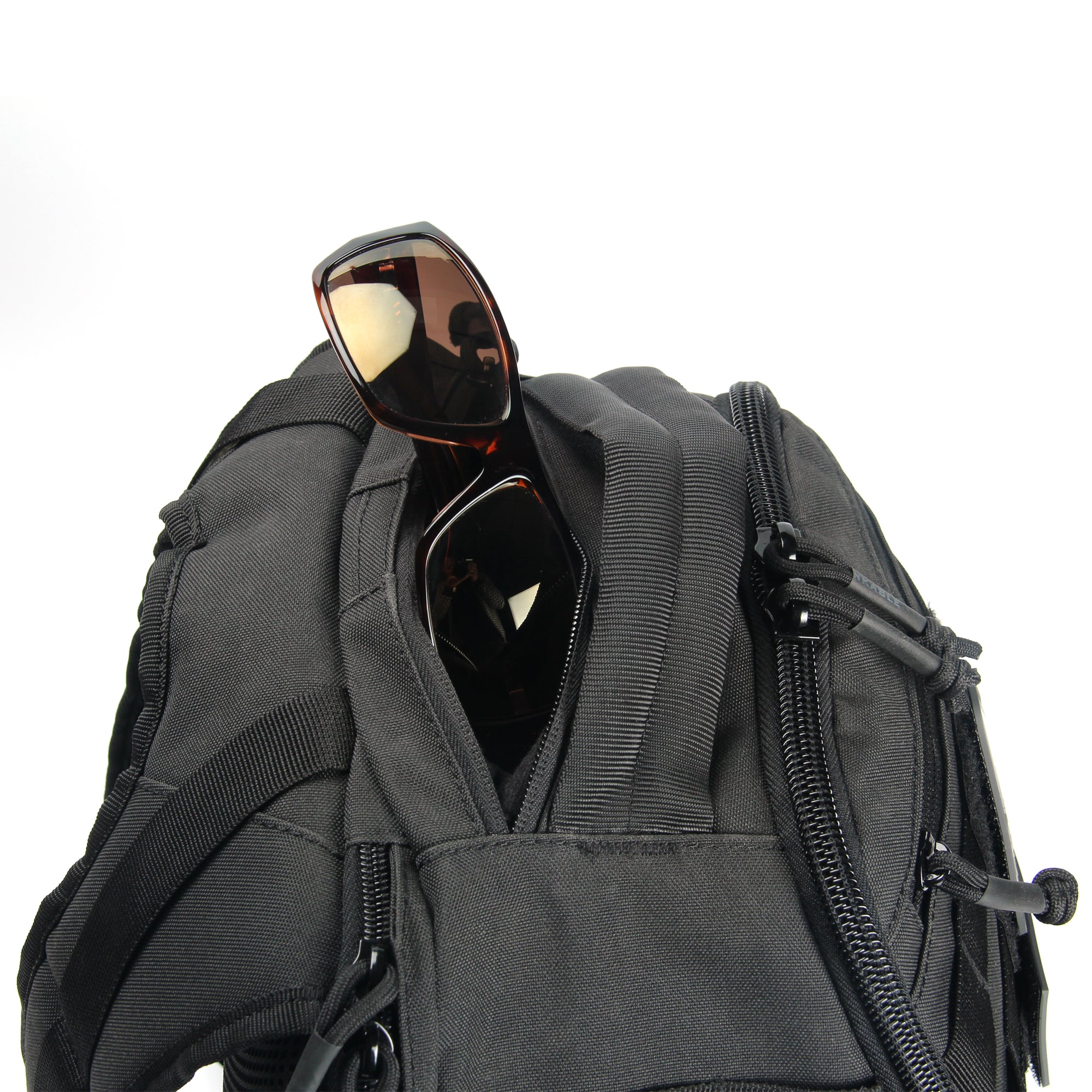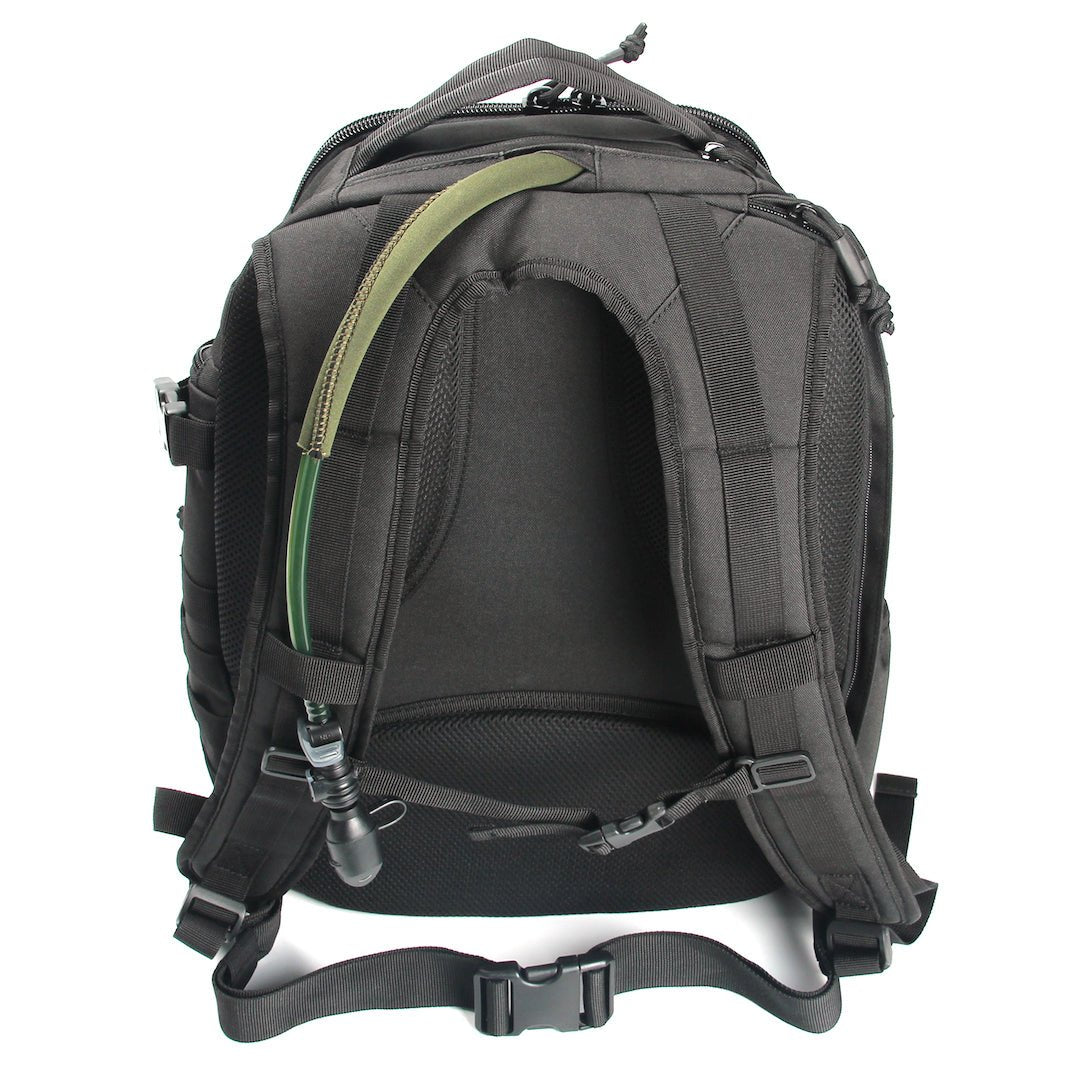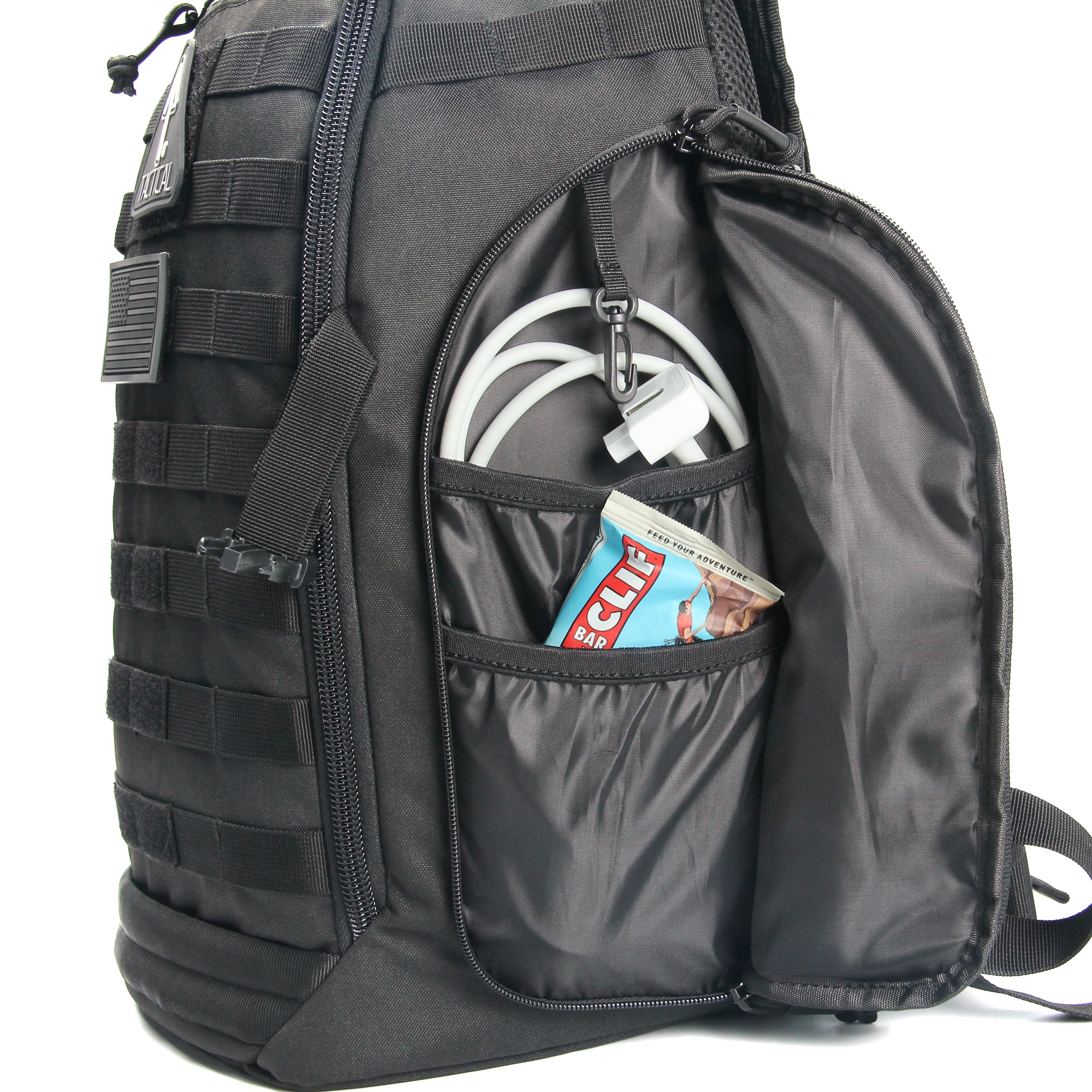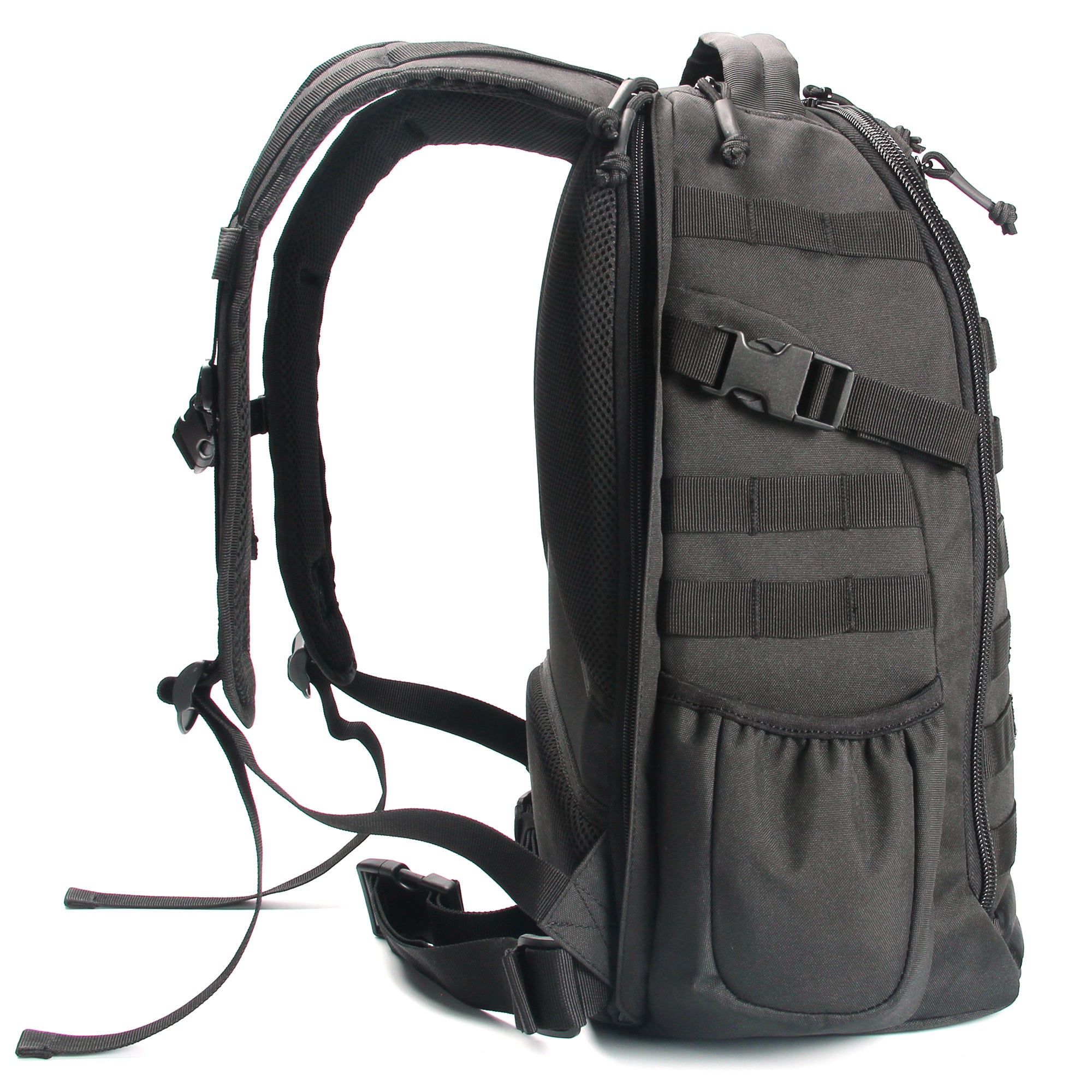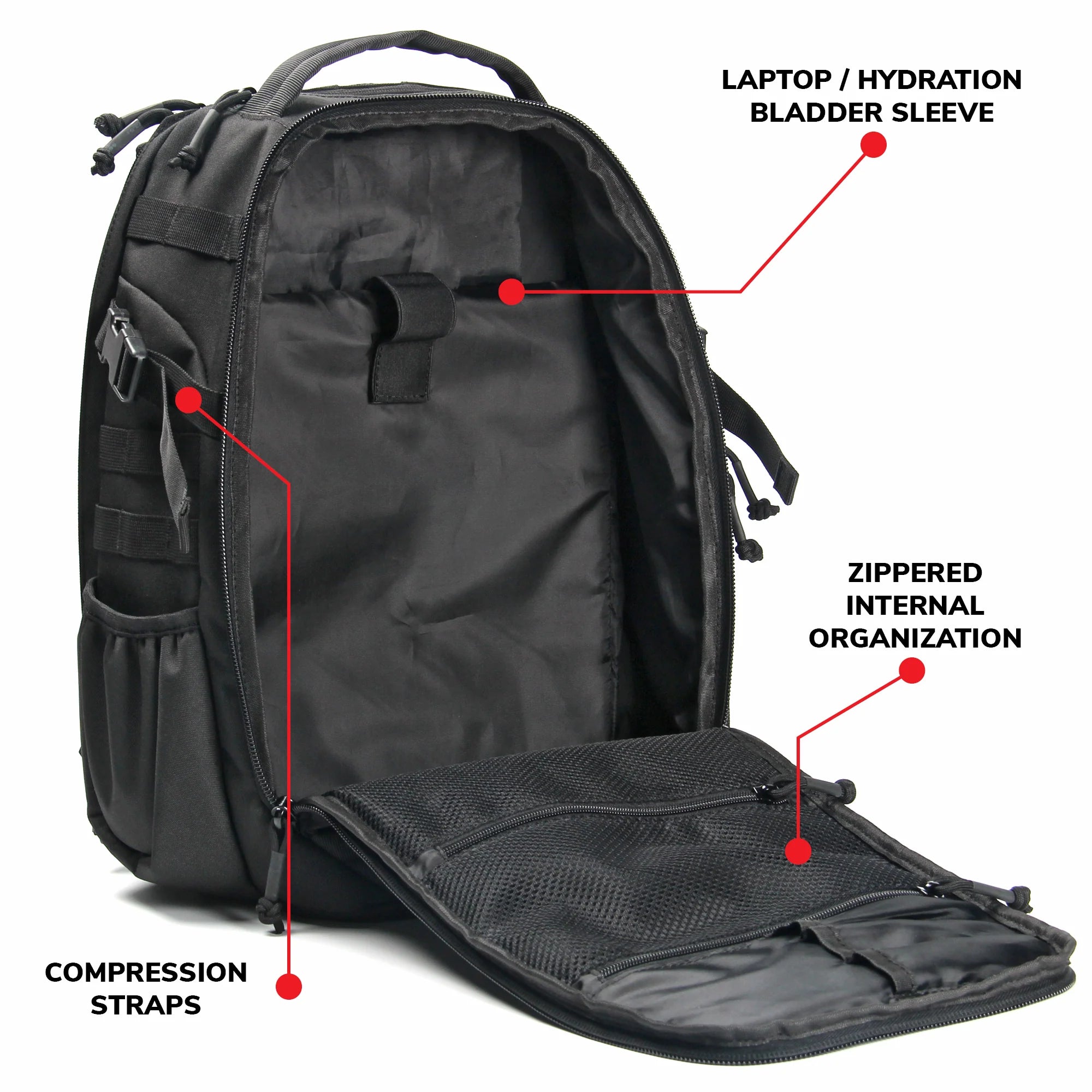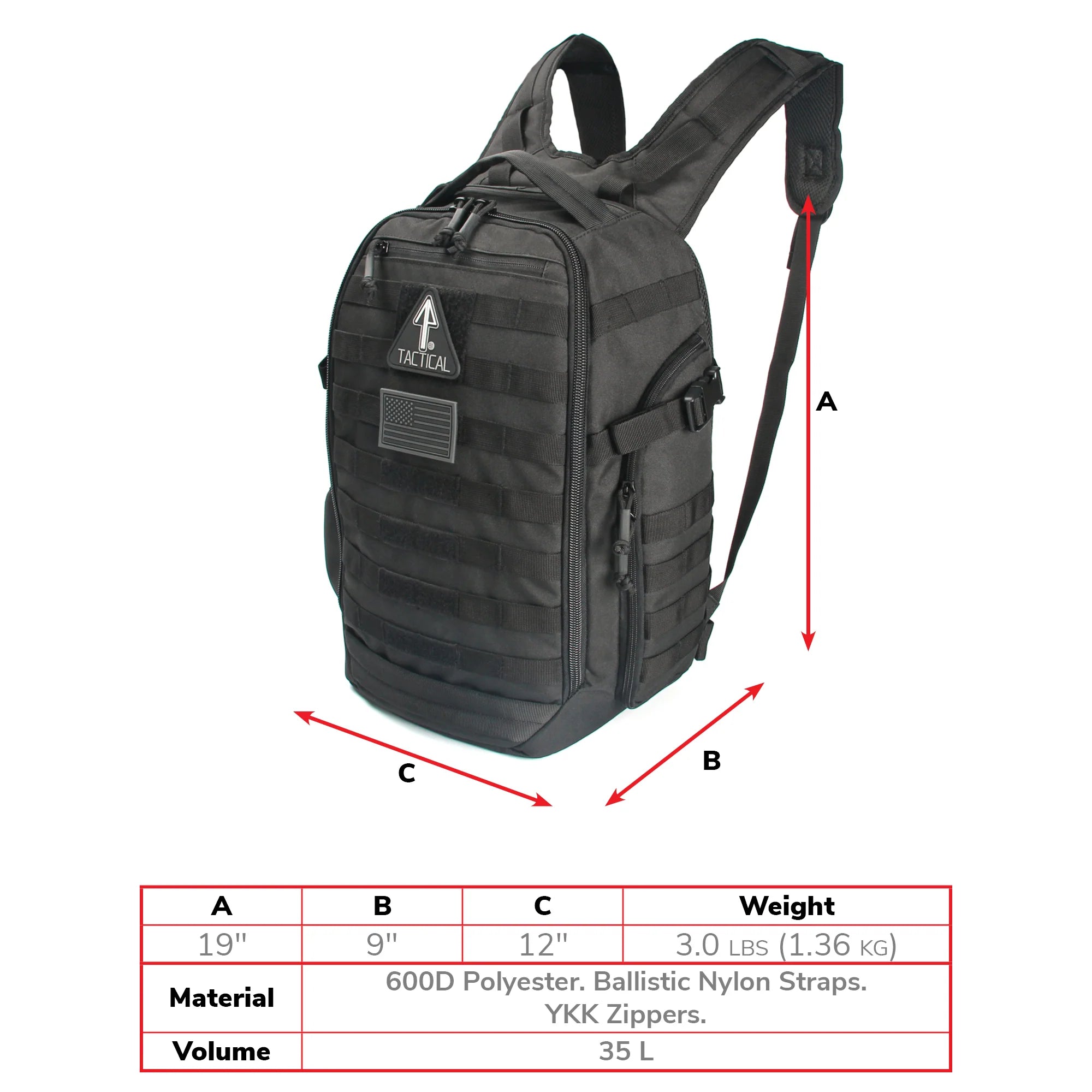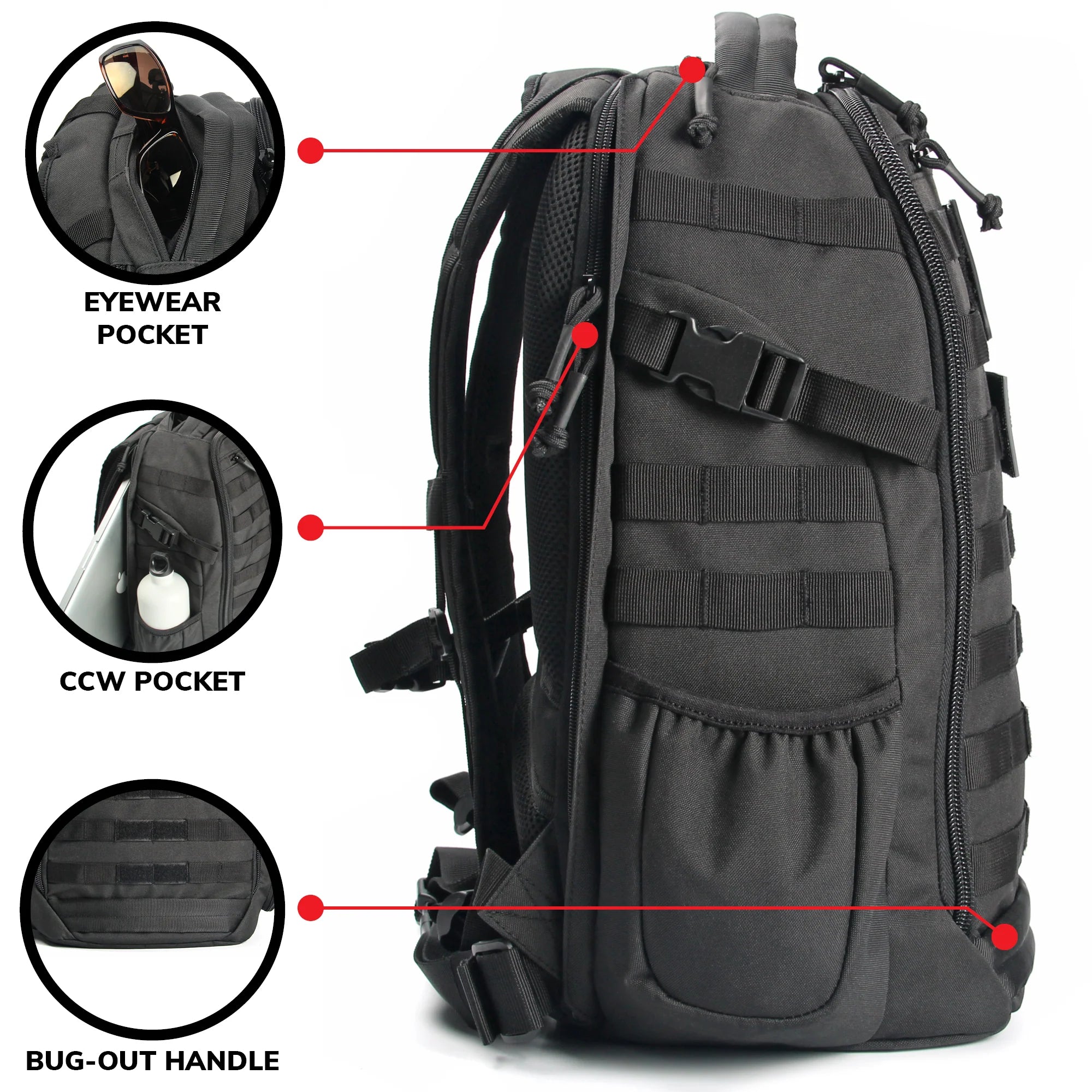
As the weather shifts into cooler temperatures and unpredictable rain showers, fall presents new challenges for maintaining your tactical gear. Proper upkeep is essential to ensure your gear remains reliable, whether you're headed out for a tactical mission, a range day, or a weekend adventure. From managing moisture to extending the life of your equipment, these tips will help you keep your tactical essentials, including your 14er Tactical Backpack and Range Bag, in top condition.
1. The Effects of Cold Weather and Moisture on Tactical Gear
Fall weather is known for its sudden shifts—chilly mornings, damp afternoons, and even a rogue rainstorm or two. These conditions can take a toll on your gear if not properly cared for. Moisture is one of the biggest threats to the longevity of tactical equipment, as it can lead to rust, mildew, and the degradation of materials like nylon and metal.
Additionally, cold weather can cause certain components, such as zippers and plastic buckles, to become brittle and more susceptible to breakage. Understanding these risks is key to preparing your gear for fall operations.
2. Cleaning and Drying Your Gear After Wet or Muddy Conditions
Fall often brings wetter conditions, and if you’ve been training or operating in the field, chances are your gear will come back muddy or wet. Proper cleaning and drying are critical to prevent long-term damage.
Cleaning: Use a damp cloth to wipe down your gear and remove dirt, mud, and debris. For heavier cleaning, especially with bags like the 14er Tactical Backpack or Range Bag, use a mild soap and water solution. Be sure to scrub areas like seams, zippers, and buckles where dirt can accumulate.
Drying: Never store wet gear in a sealed environment. After cleaning, let your gear air dry completely in a well-ventilated space. Avoid direct sunlight or using heat sources like hair dryers, which can weaken fabrics and cause materials to warp or melt. Hang your tactical backpack or range bag upside down to allow water to drain and prevent moisture buildup in the corners.

3. Protecting Your 14er Tactical Backpack from Moisture Damage
One of the best ways to prevent moisture damage to your 14er Tactical Backpack is by applying a water-repellent treatment. Most tactical bags, including the 14er lineup, are designed with durable, water-resistant materials. However, regular exposure to rain or humidity can wear down these protective coatings.
Consider treating your backpack with a fabric protector spray designed for tactical or outdoor gear. This will create an additional barrier against water and dirt. Reapply the treatment every few months, or after heavy exposure to wet conditions, to ensure continued protection.
For added security, pack your items in waterproof dry bags or zippered pouches inside your backpack. This extra step can protect critical gear, like electronics or documents, from unexpected moisture.
4. Proper Storage Techniques for Tactical Gear
Storing your gear correctly during the colder fall months can greatly extend its lifespan. Improper storage can lead to mildew, rust, and even permanent material degradation.
Here’s how to store your gear to keep it in top condition:
Ventilation: Ensure that your tactical gear is stored in a dry, well-ventilated area. Avoid damp basements or garages where moisture can accumulate. Using dehumidifiers in storage spaces can also help keep moisture at bay.
Hanging vs. Folding: For items like the 14er Tactical Backpack or Range Bag, hanging them when not in use helps maintain their shape and prevents creases from weakening the material. This is especially useful for bags that have padded compartments or structural frames.
Avoid Compression: Don’t store your gear compressed for long periods, as this can strain seams and zippers. If you must store it in a confined space, stuff it lightly with tissue paper or soft cloths to help it retain its shape.
5. Regular Inspections and Repairs for Durability
Fall is the perfect time to perform a thorough inspection of your tactical gear. Look for signs of wear and tear, and address any small issues before they become bigger problems.
Zippers and Buckles: Check all zippers and buckles for proper function. Apply a zipper lubricant to prevent cold-weather stiffness, and replace any buckles that appear cracked or brittle.
Stitching and Seams: Inspect stitching along high-stress areas, such as the shoulder straps and handles of your backpack and range bag. Reinforce any loose threads with a strong nylon thread to prevent further unraveling.
Metal Components: Metal hardware can rust or corrode when exposed to moisture, so be sure to keep metal clips, D-rings, and zipper pulls dry and clean. A light coat of anti-corrosion spray or lubricant can prevent rust from forming.
By making these inspections a regular part of your gear maintenance routine, you’ll catch issues early and keep your tactical equipment ready for action.

Final Tips for Keeping Your Gear Ready for Fall Operations
Fall can be a demanding season for your tactical gear, but with the right care and maintenance, you can keep your equipment performing at its best. Whether it’s ensuring your 14er Tactical Backpack stays dry or performing preventative maintenance on zippers and seams, these small actions can make a big difference in the durability of your gear.

Don’t let the changing weather catch you off guard. Keep your tactical essentials clean, dry, and ready for whatever the season throws your way. With these maintenance tips, you’ll be well-prepared for any fall operation or adventure.


